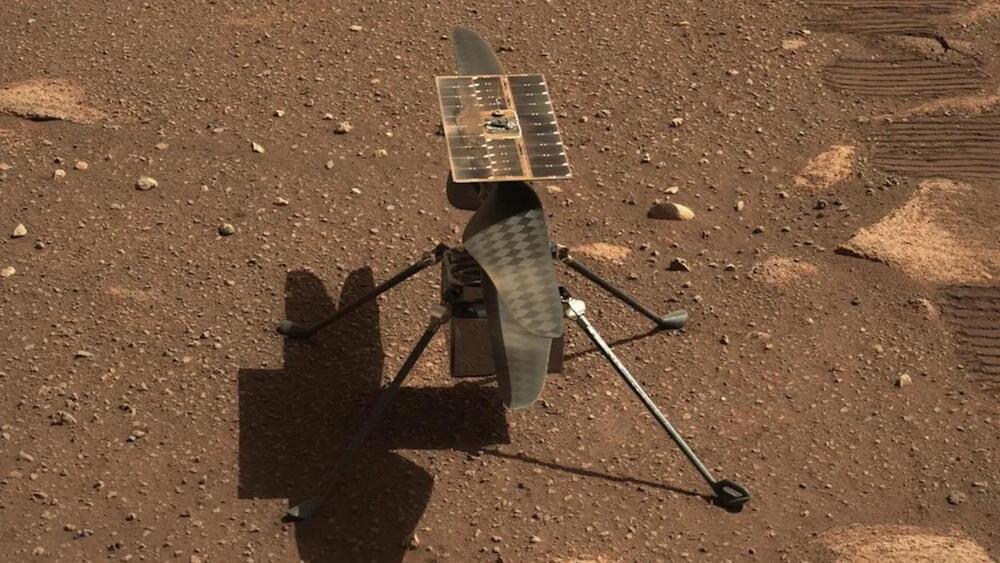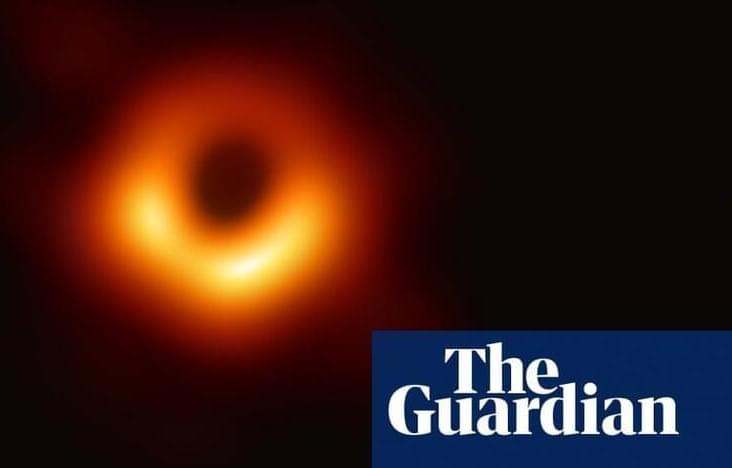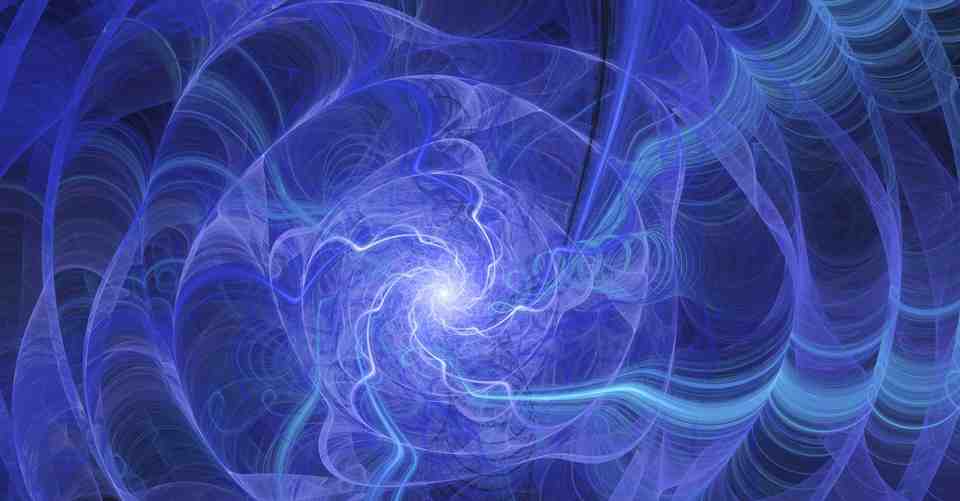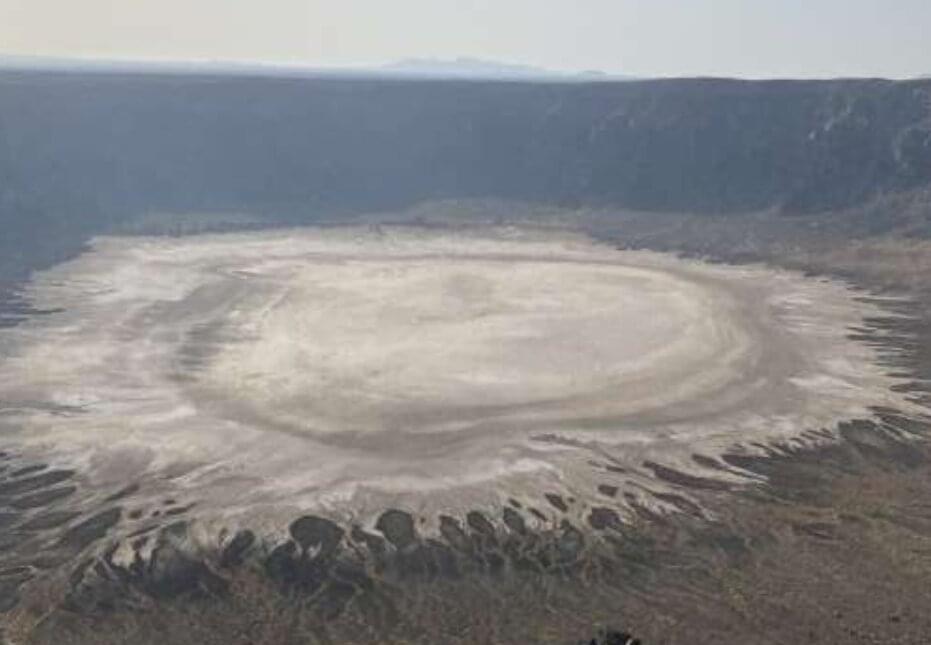What about the Chinese Room thought experiment by Searle, doesn’t that disprove true AI and mind uploading?
The Chinese Room Argument is a thought experiment designed by philosopher John Searle and published in his article, Can Computers Think? This experiment is in opposition to strong-artificial intelligence (AI), specifically to claims that computers may someday be able to have cognitive states. Searle argues that cognitive states must have semantic content, yet programs are purely syntactic, and that computers are constrained by structures that disallow them from creating their own meaning.
To make this argument, Searle imagines a “Chinese Room” in which a person receives a string of Chinese characters, and using a computer, returns the appropriate response in Chinese. The person has no understanding of the Chinese language yet using syntactic and instructions, the person is able to mimic an understanding of Chinese. Searle demonstrates that an ability to follow formal instructions and produce appropriate responses does not equate to an understanding, due to the lack of semantic content. Similarly, a computer that substitutes for said person, would not understand Chinese.









